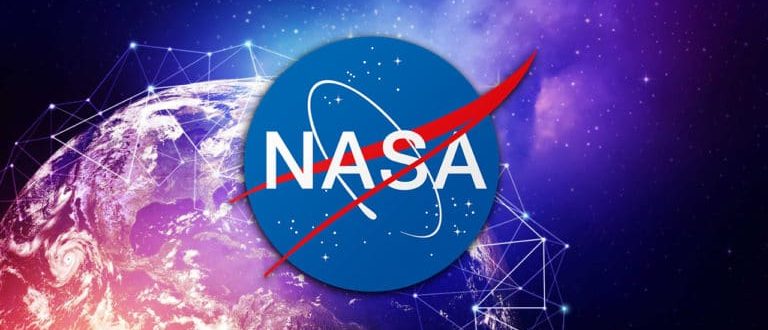NASA – the National Aeronautics and Space Administration – is examining blockchain technology as a means to ensure the privacy and security of aircraft flight data.
Ronald Reisman, an aero-computer engineer at NASA Ames Research Center, published a paper on Monday, suggesting that blockchain networks and smart contracts can help mitigate some security issues.
Starting Jan. 1, 2020, the U.S. has been mandated by the Federal Aviation Administration (FAA) to use a new surveillance system – Automatic Dependent Surveillance Broadcast (ADS-B) – which will publicly broadcast aircrafts’ identity, position and other information.
That has raised security concerns among stakeholders, Reisman said in his paper, explaining that the ADS-B system “does not include provisions for maintaining these same aircraft-privacy options, nor does it address the potential for spoofing, denial of service, and other well-documented risk factors.”
Civil aircraft companies would prefer to keep some data private, he writes, for example, to counter tracking executives as part of corporate espionage operations.
Military aircraft traffic data, meanwhile, is defined by the Department of Defense as “Information that, if disclosed, would reveal vulnerabilities in the DoD critical infrastructure and, if exploited, would likely result in the significant disruption, destruction, or damage of or to DoD operations, property, or facilities.”
Considering the sensitivity of related air traffic data, the military need for confidentiality “is likely to remain decisive in their adoption and use of ADS-B,” Reisman writes.
To address these and other issues, the researcher presents a prototype in the paper, dubbed the Aviation Blockchain Infrastructure (ABI), based on Hyperledger Fabric and smart contracts, which allows control over what data is shared publicly or privately with authorized entities.
For instance, aircraft “state information,” such as altitude, indicated airspeed, heading, etc., could be kept secure via a private channel, while flight-plan information, such as aircraft type, origin, destination, filed route, etc., can be published on a public channel for access to approved members.
Reisman says:
“We propose to use a ‘lightly permissioned’ blockchain framework to enable the ADS-B systems to meet or exceed the same levels of privacy and security currently provided by radar-based systems in the NAS [National Airspace System].”
This is not the first time that the NASA has set out to explore blockchain seeking technological improvements. Back in February, the agency granted $330,000 to a professor at the University of Akron, to support research on ethereum blockchain technology to automatically detect floating debris.
Source: coindesk.com









